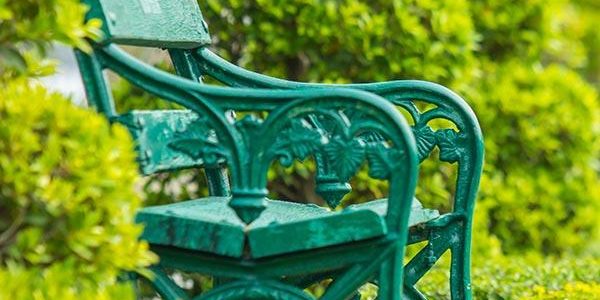Picking Seating for Public Spaces
Beautiful artifacts in parks don’t attract people, according to the famous journalist William H. Whyte “What attracts people most is other people.” Whyte was a journalist who studied how people interacted in public spaces. His studies found that when people talk to each other in public spaces, they don’t shy away to a side or move to the corner. They stay where they are, and people just walk around them. Whyte inferred that it’s very difficult to create spaces which repel people.
Today there are in fact public spaces which are uncharacteristically empty. This is because there are no places to sit, as observed by Whyte. There have been several social experiments to prove that if there was an area to rest or sit and socialize, more people would join in.
Public places, parks and other such areas are important for bringing a community together. From relaxing by themselves, meeting friends and family, sharing lunch or just reading a book on a park bench, the chances of interaction increase exponentially in areas that have a place to sit. It also serves as a natural canvas of the amalgamation of cultures that live in the area.
And that’s exactly why public spaces need to be inviting for people; to sit and slow down, take in the surroundings.
Though it is a known fact that seating in a public space is a crucial requirement for the much-needed cohesion in a community; it’s sadly discouraged in many instances. In a lot of areas, public seating is deterred.
With pressure from the municipality and various other lawmaking institutions, the park benches or public seating areas are intentionally made uncomfortable. This is to prevent vandalism and to discourage people from sleeping.
Urban planners also have to keep in mind that seating spaces meant for people to rest could be used by skating enthusiasts, eventually damaging them. There are various methods in use to deter people from misusing public seating, like spikes, paid sitting, designing uncomfortable seating so that people don’t sit for too long.
Thoughtful initiatives to curb hooliganism while also keeping the comfort of the general population in mind, in the public areas is essential.
Let’s look at how public seating can be made right:
- Comfort should be the first consideration. Benches should be made from durable materials. Appropriate back and armrests like the old fashioned wrought iron park benches, with wooden slats, are a great example.
- Dimensions are the next most important aspect. For example, the height of the seating should be between 17 to 19 inches from the floor. The backrest should be firm and no less than 18 inches in height. The height of the armrest should be proportional. The deeper the seating area the better.
- Materials used for seating should be as per the climate, durability and should require the least maintenance. There are a lot of materials public seating can be made out of like wood, marble, plastic and metal, or a combination of these elements. In the end, it should be comfortable and ideal for all the seasons.
- Longer benches attract more crowds as there’s lot of space. Generally, in shorter benches fewer people sit to avoid invading someone else’s space. Most used benches are in the path of a garden. So a good view of the surrounding space and activities are more likely to encourage people to sit.
- In some instances, a natural or artificial shade to protect people from the sun can help.
- Benches or seating areas shouldn’t be facing each other unless there’s a game or activity involved.
- There should be a mix of loose and fixed chairs to give people the freedom to move things around.
- Generally, seating is always planned keeping adults in mind. To encourage citizens of all age groups to use public spaces, a range of seating arrangements should be planned, that is comfortable for everyone. For example certain areas in parks can incorporate seats with lower height for kids.
Public spaces if utilized efficiently can add character to a neighborhood, help build a sense of community and also provides us with a space that is beneficial for our health. And appropriate seating can increase human interaction to transform any public space.








